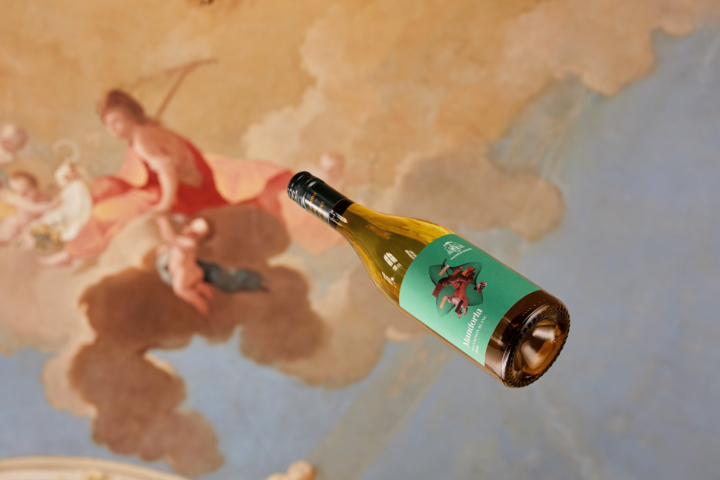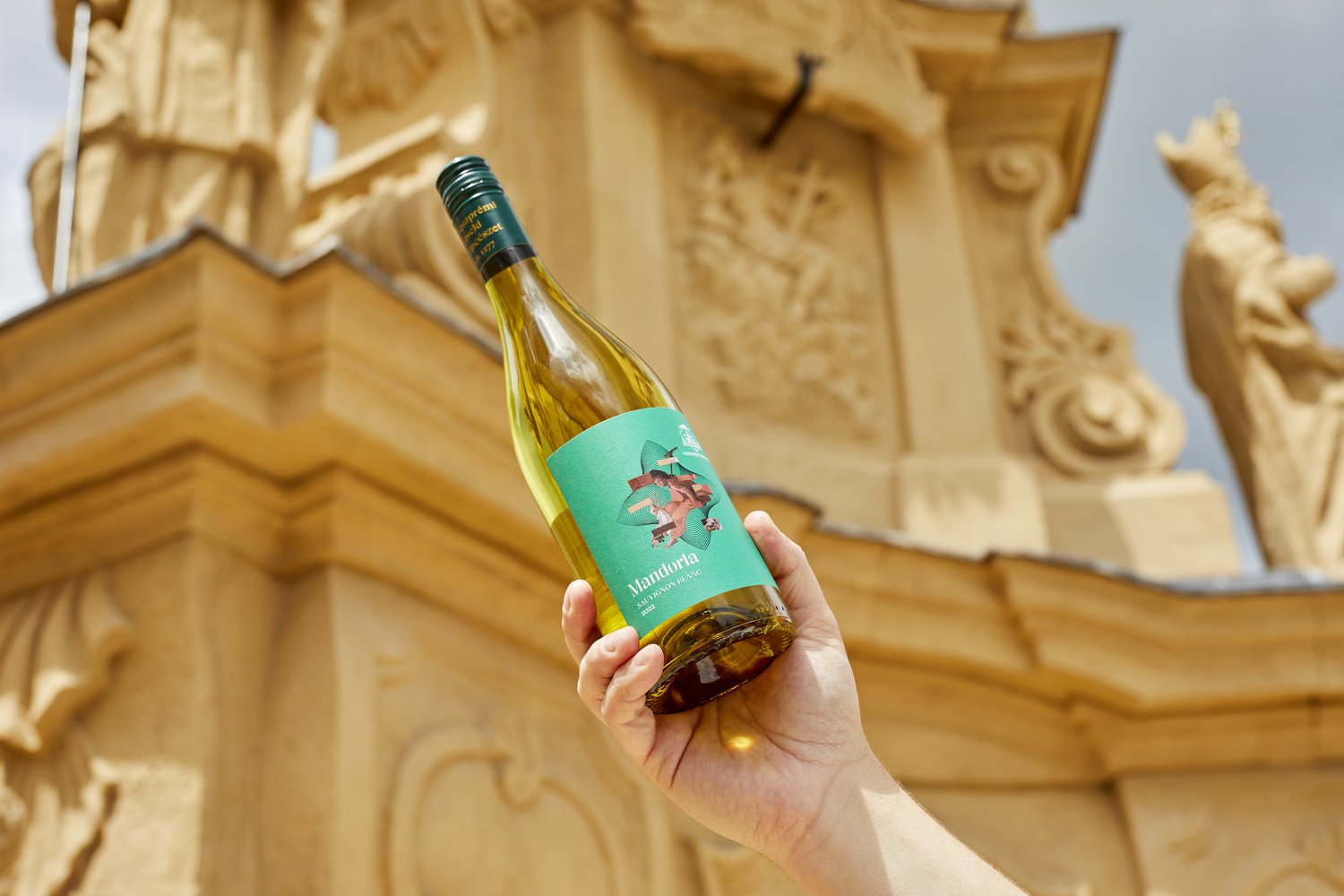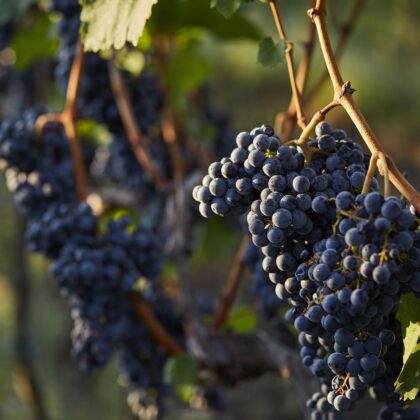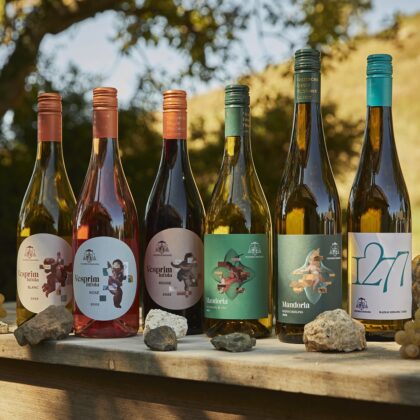Sauvignon blanc is becoming more and more popular in Hungary, and there is hardly any Hungarian wine region that does not produce this wine, says Antal Benesch, head winemaker of the Archbishop’s Winery of Veszprém. It is not only in Hungary that sauvignon blanc is conquering the market, it is now one of the most popular white wines in the world. And for good reason: it goes well with a wide range of dishes, its freshness makes it an ideal drink for warm summer days and pleasant autumn days, and its flavours and aromas are also appealing to the younger generation of consumers.
“Sauvignon blanc has never been as popular as it is now. There is hardly a wine region in Hungary that does not cultivate this grape variety. It’s an exciting variety because it can be made into fresh, fragrant, fruity and very characterful, full-bodied white wines,” says Antal Benesch, head winemaker at the Archbishop’s Winery of Veszprém, adding that he expects sauvignon blanc to continue to grow in popularity in the coming years.
The grape variety originated in France, in the Loire Valley, but it started its worldwide conquest in New Zealand, where the first vineyard was planted in the late 1960s and since then sauvignon blanc has been grown on more than 27,000 hectares. Today, it is grown in virtually all the major wine-producing countries, including France, New Zealand, Chile, South Africa, the Napa Valley in California, the United States and even in Hungary, where it is grown on at least 1,000 hectares.
In recent years, sauvignon blanc has become one of the world’s most popular white wines, and has its own World Sauvignon Blanc Day, celebrated by its fans on 6 May. It is a telling fact that in the United States, sales of this wine continued to grow in 2022, while overall wine consumption declined.
“How did sauvignon blanc become a global star?” – has been the question asked by several wine magazines in recent years. According to experts, this may have been due to the fact that sauvignon blanc goes well with a wide range of foods, its freshness and freshness make it ideal for hot summer days and pleasant autumn days, and its flavour is closer to the younger generation of consumers that winemakers around the world are trying to reach.
The French and New Zealand styles
“In France, you can taste very deep, full-bodied, aged sauvignon blancs with aromas of gooseberries and nettles. In New Zealand, they have a different style, where light, fruity sauvignon blanc is the dominant style,” says Antal Benesch, who spent months in New Zealand after graduating from university to learn about the viticultural and winemaking processes there. He adds that “old world” and “new world” sauvignon blanc are made using different techniques, for example, in the Loire Valley the wine is typically aged in wooden barrels, while in New Zealand they prefer to use metal tanks.
The Archbishop’s Winery of Veszprém currently grows sauvignon blanc in Mindszentkálla in the Káli basin, but in 2024 they will plant two more hectares, and in 2025 they will also start to produce sauvignon blanc on their estate in Felsőörs, part of the Balatonfüred-Csopak wine region.
“This grape variety adapts well to the local climate and thrives on Lake Balaton. Although temperatures are rising worldwide, the climate in Balaton is still favourable. In Mindszentkálla and Felsőörs we can plant in areas that are cooler and where the grapes can better develop their aromas,” he explains, adding that the winery’s Mandorla Sauvignon Blanc combines styles from France and New Zealand. The grapes are harvested at two different stages of ripening – the early harvest to show the ‘new world’ flavours, the second harvest to pick the fully ripened grapes with deep, intense flavours, and then using a range of techniques for both ageing and fermentation.



